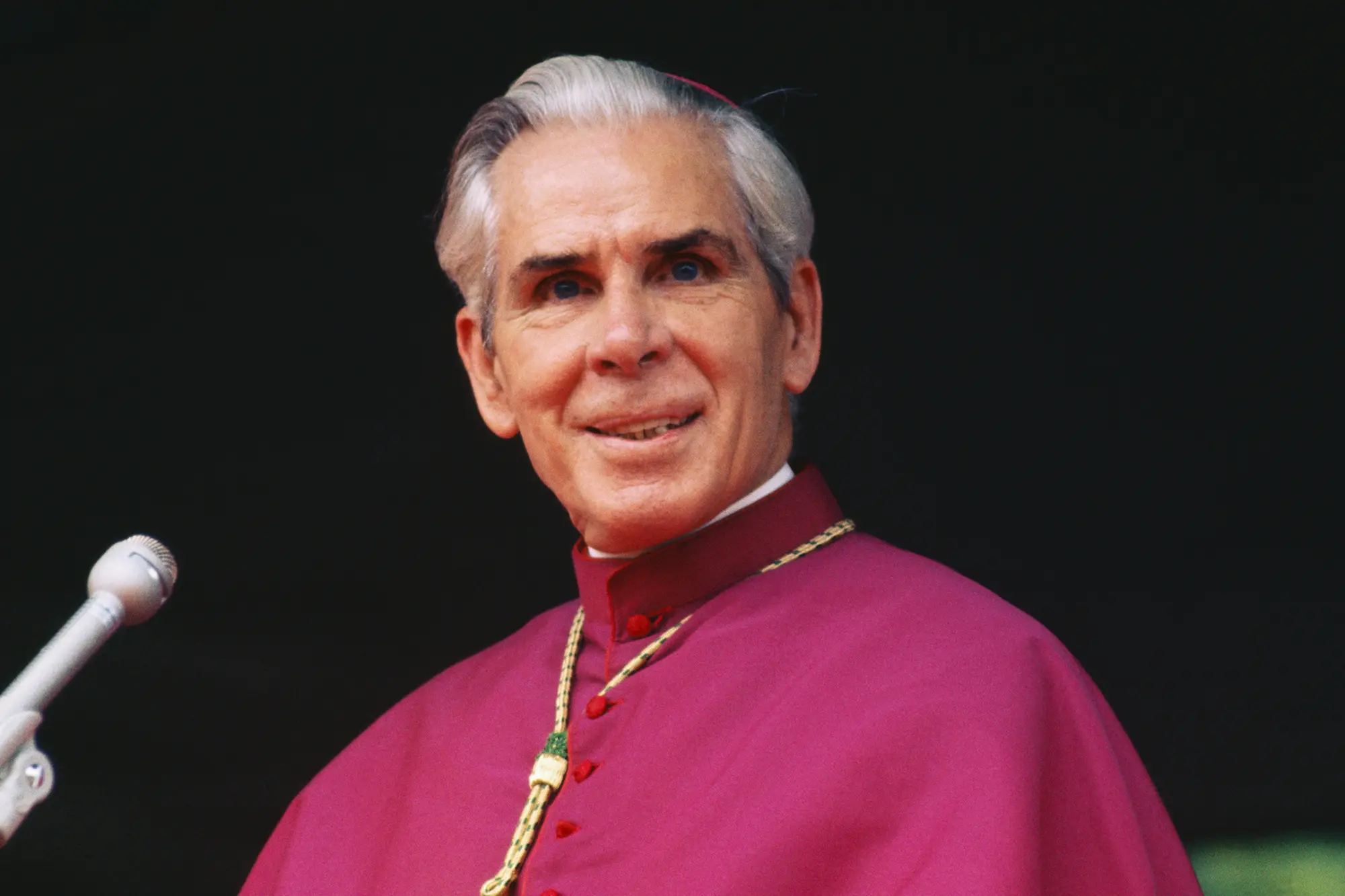
Tag: real miracles
-

LIVE 10 HOUR HOLY THURSDAY PREMIERE!
Read More: LIVE 10 HOUR HOLY THURSDAY PREMIERE!We are excited to be sharing the full video version of The 24 Hours of the Passion by Servant of God Luisa Piccarreta. This will be aired on Holy Thursday beginning at 8am EST to 6pm EST. Please join us in this powerful Holy Week meditation of the sorrowful Passion of Our Lord, as it…
-

Where did St. Joseph die?
Read More: Where did St. Joseph die?By Aleteia St. Joseph is widely known as the patron saint of a “happy death,” but do we even know where he died? The Bible does not give us much information about St. Joseph, aside from a few verses that explain what he did in Jesus’ early childhood. After Jesus’ childhood, it is not certain…
-

What Happened at Venerable Fulton J. Sheen’s Last Day?
Read More: What Happened at Venerable Fulton J. Sheen’s Last Day?‘I want to see the Lord. I have spent hours before Him in the Blessed Sacrament. … [N]ow I want to see Him face-to-face.’ God lavished many gifts upon Venerable Archbishop Fulton Sheen, including a brilliant mind, a remarkable memory, a magnificent voice, and enviable oratorical skills. He transcended the parish and the diocese.…
-

Vatican confirms miracle for new Canadian saint
Read More: Vatican confirms miracle for new Canadian saintOn Wednesday, January 24, the Vatican Dicastery of the Causes of Saints officially approved a second miracle that was attributed to the intercession of Bl. Marie-Léonie Paradis. The miracle involved the medically unexplained recovery of a baby girl on November 9, 1986. The baby was born without any signs of life, but after her family prayed for the…
Search
Popular Posts
-
🙏 A New Chapter Begins: Supporting Pope Leo XIV with Prayer and Hope | W/ Daniel O’Connor
“Give the new pope a break and support him with your prayers.”–…
-
Possible Candidates for The Next Pope!
Some Candidates for the New Papacy Today we will share with you…
Categories
Archives
Tags
#Miracles (103) 2023 (4) 2024 (4) approved miracles (2) catholic (142) catholic blog (376) catholic meditations (7) catholic miracles (372) catholic motivation (2) catholic news (372) catholic prayers (4) CatholicSeers (359) catholic vlog (376) catholic websites (6) Eucharistic miracle (2) fr jim blount (3) GisellaCardia (11) hamas (3) imitation of christ (2) Israel (4) israel live (5) Israel news (9) jesus (3) jesus christ (4) Latest messages (11) lent 2023 (10) lent 2024 (4) lent homily (2) lent retreat (4) lent retreat 2023 (3) Lourdes (2) messages from god (6) MessagesFromHeaven (365) miracles of catholic church (2) mother and refuge (2) ourlady (325) OurLadyApparitions (22) our lady of lourdes (2) Pope (2) POPE francis (3) pope francis news (2) prayers (3) real miracles (357) sacred heart of jesus (2) The Miracles of Lourdes (2)










